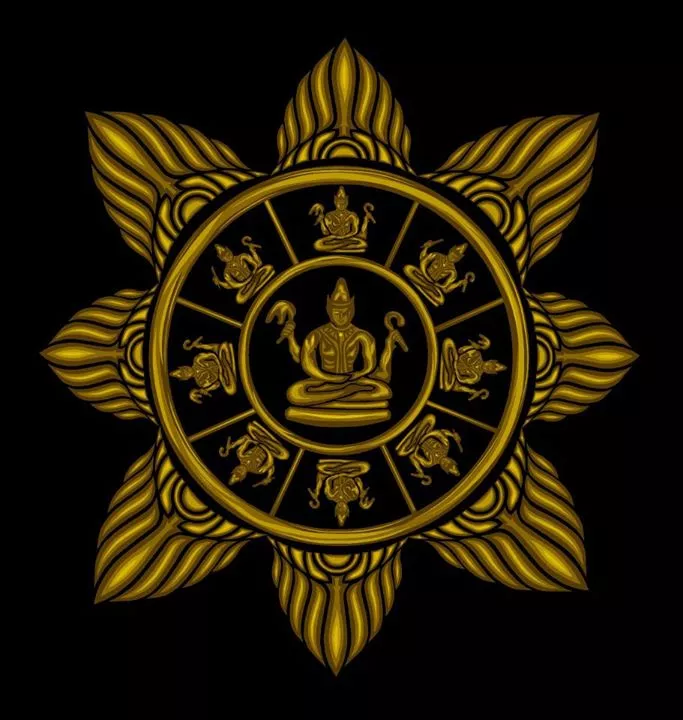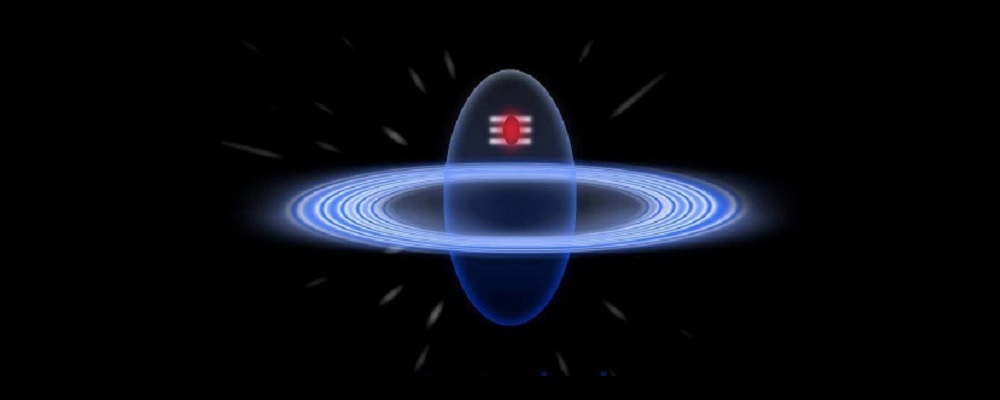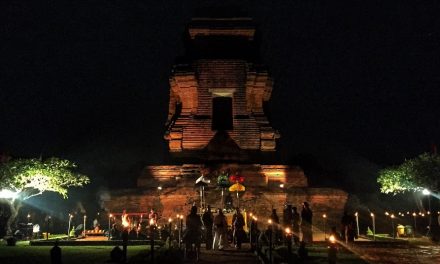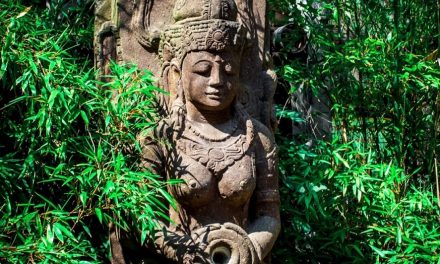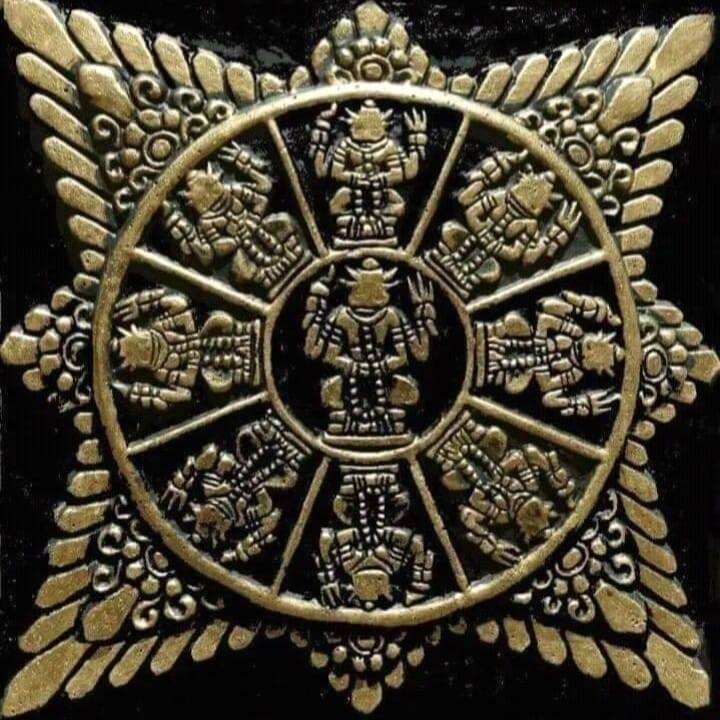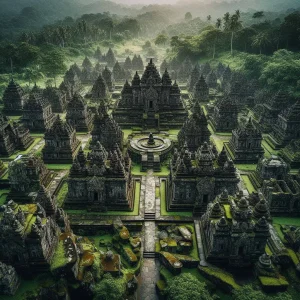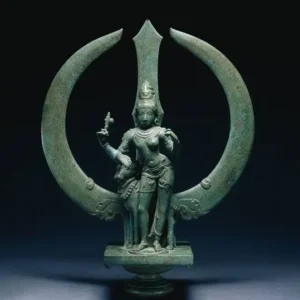Of the many names for God in the Sanatana Dharma, Brahman is the most often used in metaphysics. It is humanly impossible to explain Brahman, just as it is impossible to explain the Universe.
In Sanatana Dharma, God is thought of as “formless”, though all forms belong to him and He is happy in whatever way you look at him since there is no single form in the world that describes him.
From a simple human intellect, he is the one from whom the Brahman emerges, in whom it stays and within whom it goes back. Scriptures call him the Nirguna Brahman and the Saguna Brahman.
Shiva as Nirguna Brahman (God ‘without attributes’)
In this state he is formless, and the whole universe and creation lie in the pervasiveness of Shiva. Nirguna Brahman is Absolute Brahman to which neither name nor form can be attributed. He is beyond attributes, or any thing known to humans.
Shiva as Saguna Brahman (God ‘with attributes’)
In the Saguna state, Shiva is the entire Universe and is present in the tree, the animal, male, female and the whole Creation. Saguna Brahman suggests a visualization in form and name of the divine.
‘With attributes’ means with a name and form (nama-rupa), so Saguna Brahman would apply to Krishna, Rama, Jesus, the Trimurti or any other deity of choice. For instance, the Earth (Bhumi Devi) is a goddess worshiped by almost all cultures in the world. Equally famous is Sun worship. Worship of gods of planets is also famous. All these gods come under Saguna.
Shiva as Nirguna-Saguna
In the Nirguna-Saguna state, Shiva is worshiped as the Shiva Linga. Everything in the world arises out of a bindu. Be it a tree which comes from a seed which is round, a child which comes from a cell which is round, all heavenly bodies are round, the minutes of cells are round and our very earth is round.
Representation of the Trimurti (reproduction of the Trimurti from the Elephanta caves)
